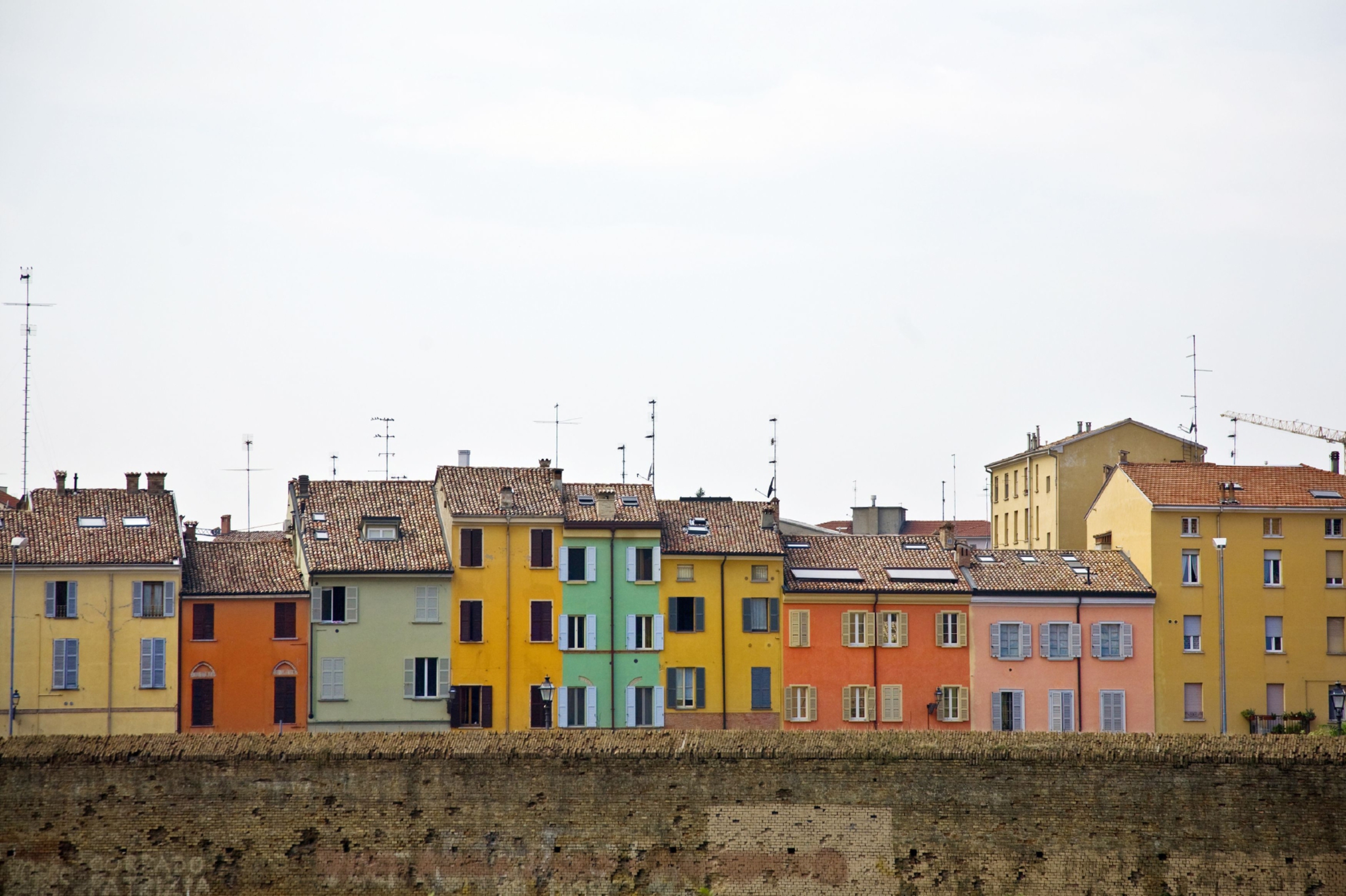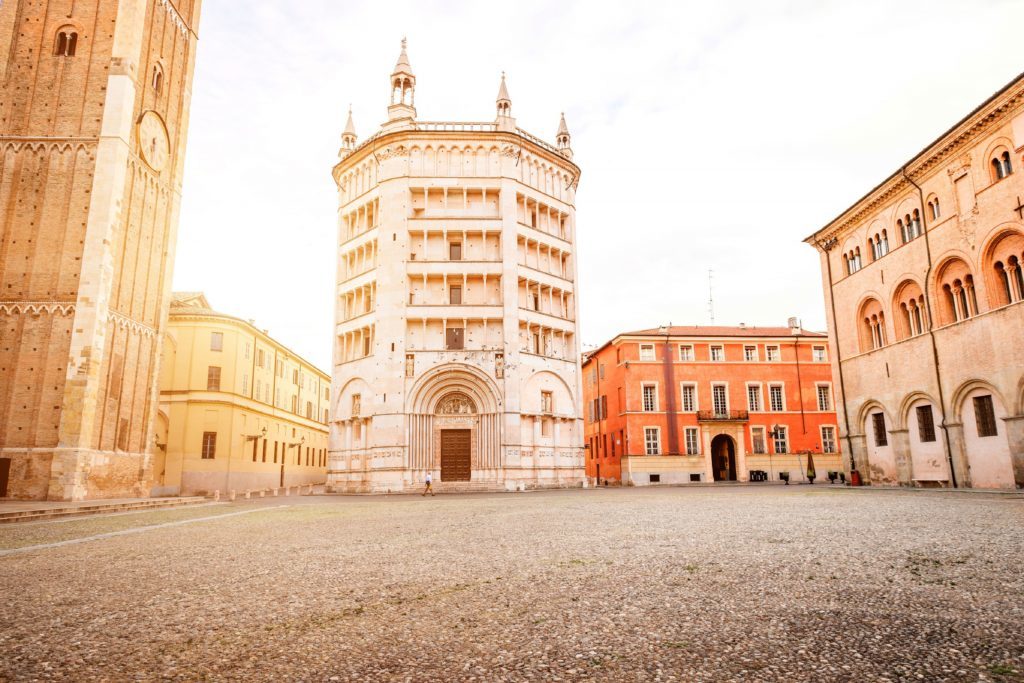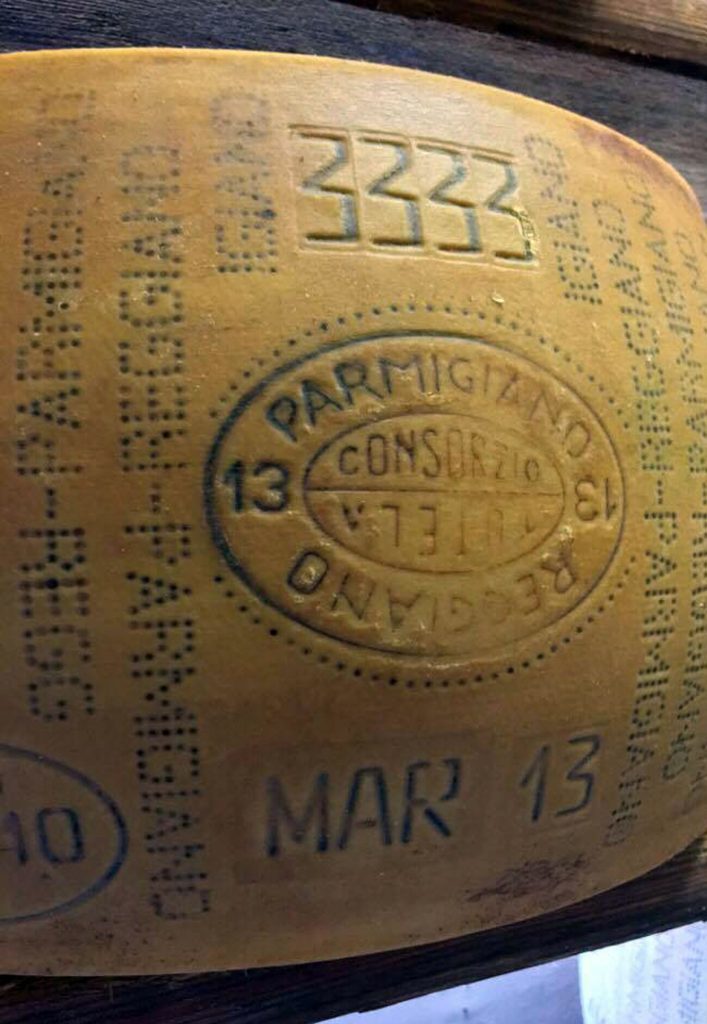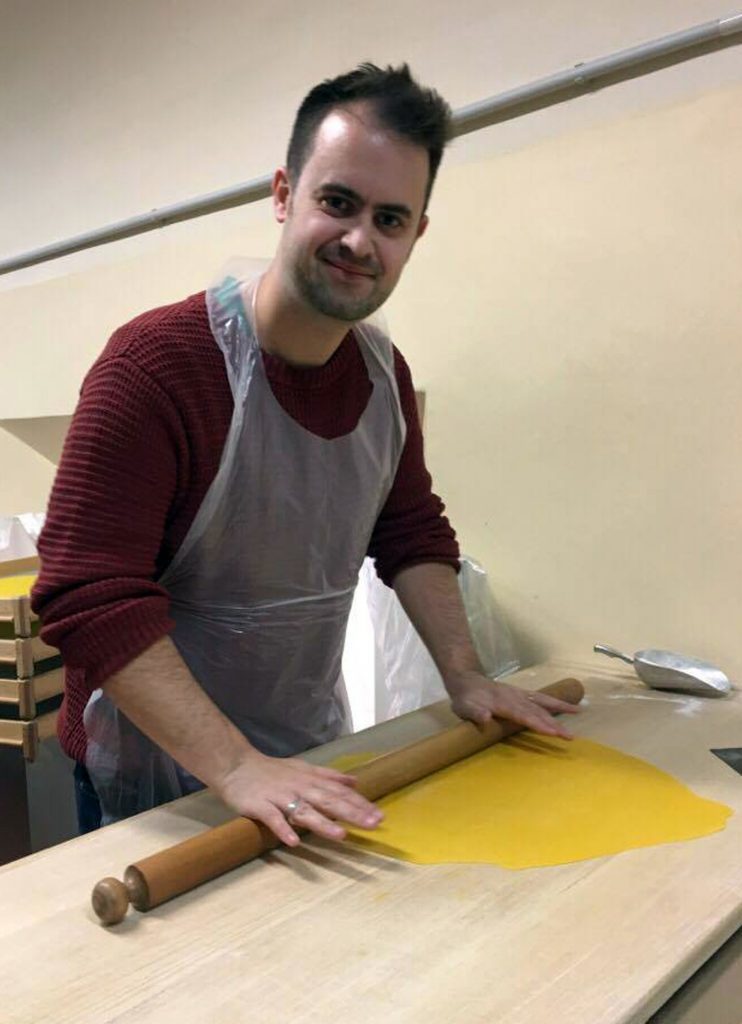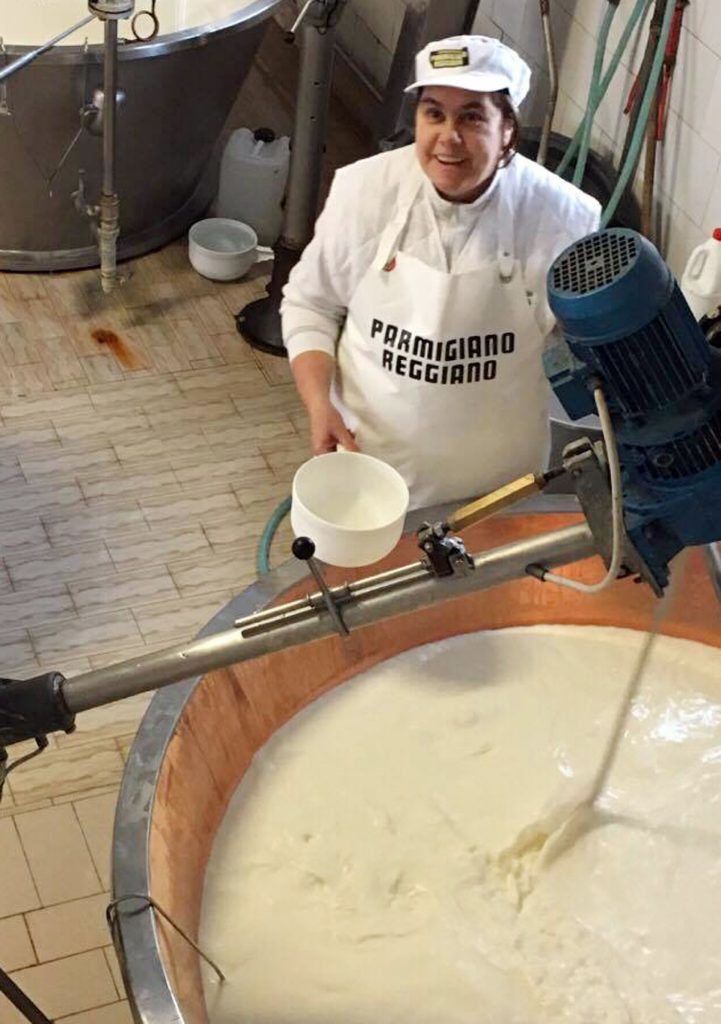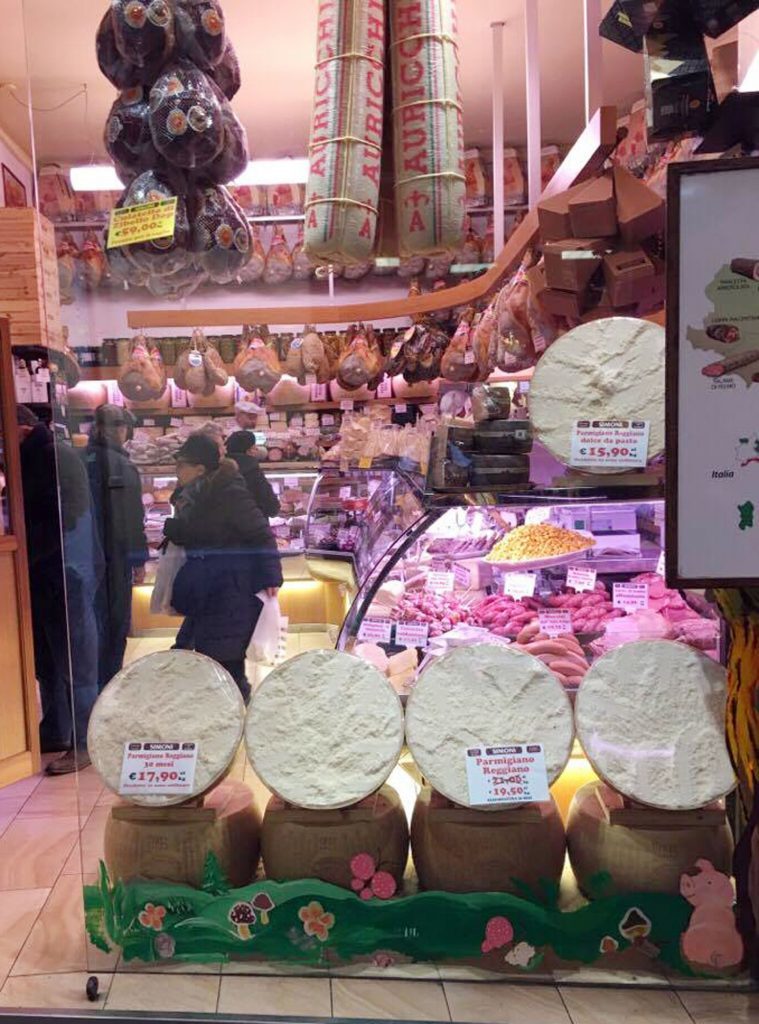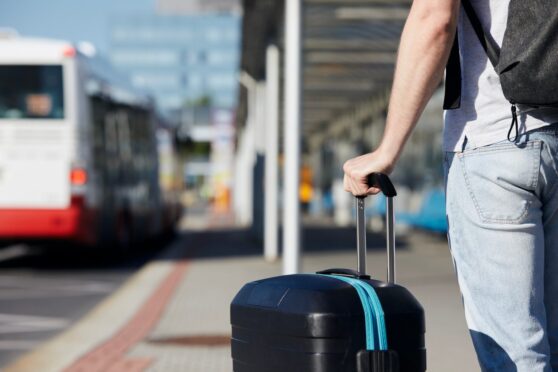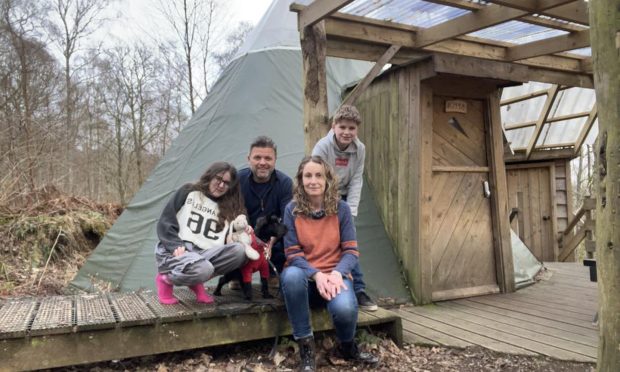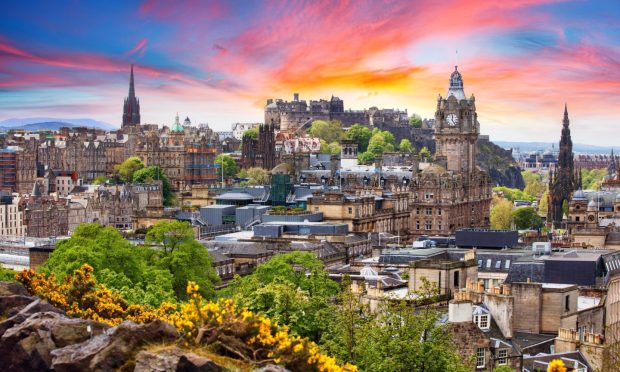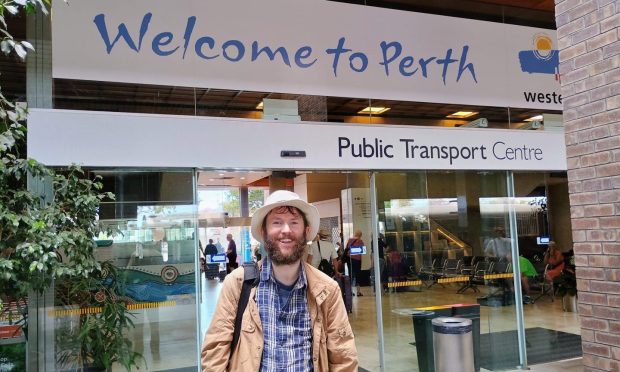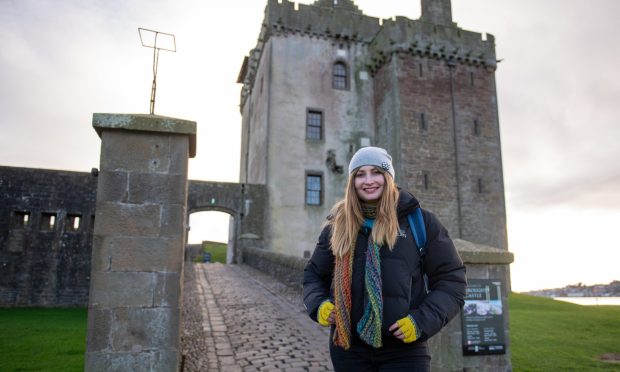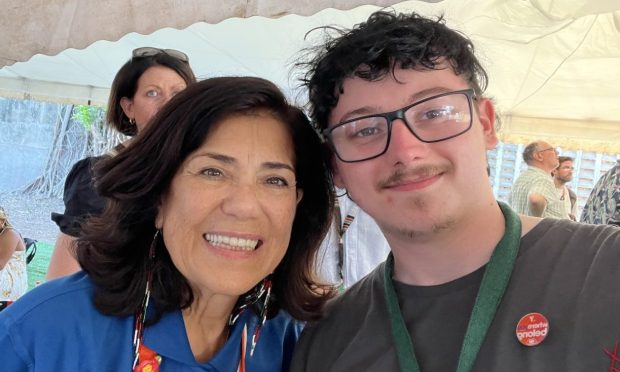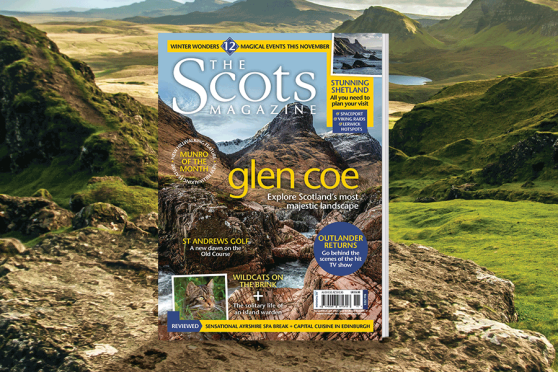When the Michelin Guide chose to unveil their latest Italian edition in Parma, it confirmed Emilia Romagna as the country’s leading food region. James Cann feasts on the area’s delights
There is no such thing as spaghetti Bolognese.
No, the dish you’ve rustled up for dinner a thousand times or plucked from the menu of a high-street Italian restaurant is a fabrication. An abomination, even.
Go on, I dare you. Try to order ‘spag bol’ in any Emilia Romagnan restaurant and see what happens…
You will likely be told through gritted teeth that spaghetti Bolognese is an American invention, a corruption of the dish which should always be made with fresh tagliatelle.
Semolina-based spaghetti just cannot hold ragu – the authentic name for the meat sauce known worldwide as Bolognese, which so readily soaks into freshly made egg-and-flour pasta.
In Emilia Romagna, also known as Italy’s food valley, such distinctions are very important.
So dedicated to cuisine are the people of a northern region blessed with a humid subtropical climate, that their excellence in food standards was this year recognised by the Michelin Guide.
The unveiling of the Italian edition of the red book, detailing the best places to both eat and sleep, was shifted from its long-term base in Milan to Parma, a city with only two starred restaurants.
So why this provincial outpost? Designated a UNESCO City of Gastronomy at the end of 2015, over 30% of its working population are involved in the production and serving of food.
It is the gastronomical capital of the food valley and arguably of the northern half of the country.
And what better way to showcase the craftsmanship and taste of the province than by hosting a lavish Michelin ceremony at the stunning Teatro Regio opera house.
A 1,400-seater auditorium that normally hosts tributes to Parma’s musical sons Verdi and Toscanini, saw, in mid-November last year, the cream of Italy’s chefs rewarded for their culinary endeavours.
But conspicuously absent from the stage were the unsung heroes; the producers who churn milk into Parmigiano-Reggiano, better known as Parmesan, or salt the haunches that will become prosciutto.
The valley’s many food producers may work independently as businesses, but they are united in their commitment to preserving tradition and flavour.
The day before the Michelin event, I tour the Galloni factory in Langhirano, 12 miles south of Parma, and observe the exacting application of sea salt and seasoning which delivers mouthwatering Parma ham to the top tables. (Tours can be booked through the local tourist office.)
Federico Galloni calls his army of workers ‘salatori’, or salty men; they scrutinise the ham hocks before smothering them in salt and hanging them up to dry for months.
A convivial man wearing an elegant cardigan under his white lab coat, Federico is a grandson of one of the five brothers who established the business in 1960.
Today, they can produce 300,000 cured hams every year. Federico says it could produce five times that amount if he chose to switch to a fully automated production line. But he instead keeps faith with the serious salty men, who do not smile at gawping visitors as they are too engrossed in their time-honoured handiwork.
In the ominous-sounding ham chamber, we marvel at the ‘spiking’ process, conducted with a horse’s shin bone to assess the odour of the prosciutto. The best legs are awarded the famous five-pointed crown stamp of Parma ham.
A tasting session is soundtracked by Verdi in a dedicated sampling room where we wash down the luscious ham with lightly sparkling pignoletto wine.
By the morning, I’m peckish again and ready to see how those swine develop such succulent hind meat. The answer? They are fed on natural whey, a byproduct of creating Parmesan.
Those wanting to discover how the fine cheese gets from the farm to that famous little dish with its tiny spoon, can get up with the cows and witness the transformation first hand.
Only 15 minutes from Parma’s historic city centre lies the Consorzio Produttori Latte Societa Agricola Cooperativa dairy in Baganzolino, where on weekday mornings, the fabled master cheesemaker – a celebrity in these parts – leads free one-hour tours.
It may look like milk upon milk to the layman, but the specifics of the craft separate mediocre Parmesan from truly great Parmesan, with the latter deserving of its own firebrand on the rind.
And don’t forget to buy a big lump of cheese as you leave – I recommend the 28-month-aged batch.
Heading back to civilisation, we pass the imposing Barilla plant at Pedrignano, built in 1969, where more than 93,000 miles of spaghetti roll off the conveyor belts each day.
A world away from those endlessly clanking machines is the small restaurant and workshop supervised by former office colleagues Simona and Rita.
Their dissatisfaction with the daily grind inspired them to quit their jobs and go back to basics, making tagliatelle and tortellini from scratch.
At their ‘Uova e Farina’ – egg and flour – cookery school, small groups can learn how to create sheets of fresh pasta, before making, with some difficulty, the tiny parcels that become their lunch.
On the night before the much-vaunted gala dinner, we go traditional at the aptly-named Ristorante La Forchetta – the fork – in the shadow of the city’s 11th-century cathedral.
The table talk is, initially, about what delicacies there might be on the big night.
Chatter ceases when plates of Prosciutto di Parma and Parmesan arrive, followed by ricotta-stuffed tortellini and ragu-coated tagliatelle, with the sophistication of flavour telling its own story.
And not a bowl of spaghetti Bolognese in sight.
TRAVEL FACTS
:: James Cann was a guest of the Emilia Romagna Region Tourist Board (www.emiliaromagnaturismo.com, www.visitviaemilia.it).
:: There are regular flights to Bologna with easyJet (www.easyjet.com) and British Airways (www.britishairways.com) from London Gatwick, and Ryanair (www.ryanair.com) from Stansted, Manchester, Bristol, Edinburgh and Dublin.
